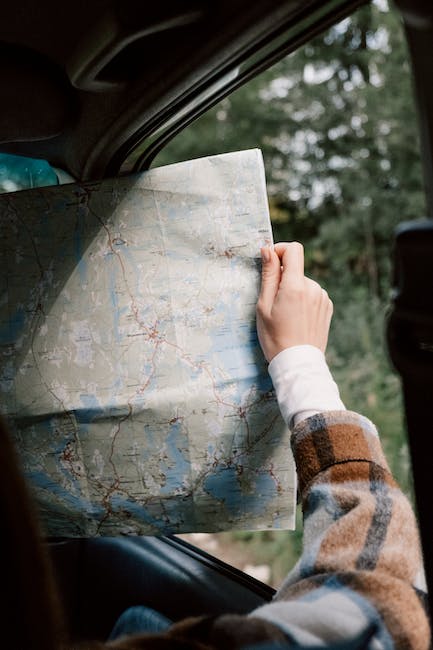Are you ready to embark on a solo trip to experience the rich history and culture of US historical sites? Traveling solo to these destinations can be a rewarding and memorable experience that allows you to create your own itinerary while learning about hidden gems that are not on the typical tourist route. Plan your solo trip to US historical sites by following these tips.
Research Your Destinations

Researching your chosen destinations is essential to making your solo trip to US historical sites a success. Start by exploring the different sites, landmarks, and museums in the area to identify which ones you would like to visit. A guidebook or reliable online travel resources can provide information on the history, significance, and opening hours of each site, as well as any seasonal or tour-related constraints you may need to consider. Additionally, consider reaching out to the tourist board of the state or states you plan to visit to see if they have any tips or suggestions that could further enhance your trip.
Plan Your Budget

Traveling solo to US historical sites can be expensive, especially if you plan to visit multiple destinations. Create a budget that takes into account transportation costs, accommodations, entrance fees, food, and any other expenses you are likely to incur. Look for travel deals, discounts, and off-season rates, and consider staying in budget-friendly accommodations such as hostels, Airbnb rentals, or budget hotels. Additionally, you may save money if you purchase tickets early or in bulk. Remembering to allocate extra funds for unexpected expenses will also decrease your stress levels and ensure you’re fully prepared for your trip.
Plan Your Itinerary

Once you have researched your chosen destinations and created a budget, it’s time to plan your itinerary. Deciding which historical sites you will visit each day, how you will get there, and how much time you will spend at each site is important. Be realistic about your pacing and adjust your schedule as needed. Consider booking tours, hiring a guide, or joining a group for certain sites, especially if you’re unfamiliar with the area or are visiting during peak tourist season. Having a plan and sticking to it helps ensure you get to experience everything you’d like to during your trip.
Prepare for the Weather

US historical sites can be exposed to a range of weather conditions, so checking the forecast in advance is essential. Bring appropriate clothes, shoes, and accessories, such as sunscreen, hats, and umbrellas, to protect yourself from the elements. If you’re unsure about what the weather will be like, pack a flexible wardrobe with layers. Additionally, remember to stay hydrated during your visits by carrying a refillable water bottle with you at all times.
Stay Safe

Staying safe during your solo travel is a paramount concern. Research the safety of the areas you plan to visit, and avoid traveling alone at night or in unpopulated areas. Keeping your personal belongings close to you and never leaving them unattended is essential for maintaining security. Additionally, carrying a map or a GPS device and programming emergency numbers into your phone will help you feel more prepared and confident throughout the trip.
Book Accommodations in Advance

You should always book your accommodations in advance when planning a solo trip to US historical sites. Consider researching your lodging options, such as hotels, hostels, and vacation rentals, and book them through a reputable travel agency or website. Check the reviews and ratings of each option and read the fine print carefully to avoid hidden fees or restrictions. Booking in advance also gives you extra time to plan other aspects of your trip.
Try Local Cuisine
Part of the fun of solo travel to US historical sites is trying the local cuisine. Explore the food scene in each of your destinations, and try traditional dishes and snacks. Look for local markets, food trucks, or restaurants that offer unique and affordable options that can help you experience a destination’s cultural flavor. You can also consider trying a cooking class or food tour led by a local expert.
Document Your Trip
Documenting your solo trip to US historical sites can help you capture your experiences to create memories that will last a lifetime. Bring a camera or a smartphone with a high-quality camera to take photos and videos of the sites you visit, the people you meet, and the food you try. Write a travel journal or a blog to reflect on your experiences, share your insights, and inspire future solo travelers. If you’re active on social media, consider sharing images and updates to keep friends and family in the loop.
Take Time to Relax
Although solo travel is exciting and inspiring, it can also be exhausting and overwhelming. Taking time to relax and recharge during your trip is essential. Schedule some downtime to read a book, take a nap or enjoy the scenery. Take care of your physical and mental health, and be kind to yourself. Solo travel is not just about seeing the sites, but also about enjoying the journey. It’s okay to take breaks and soak in the moments.








 You might also be interested in those articles related to solo traveling
You might also be interested in those articles related to solo traveling